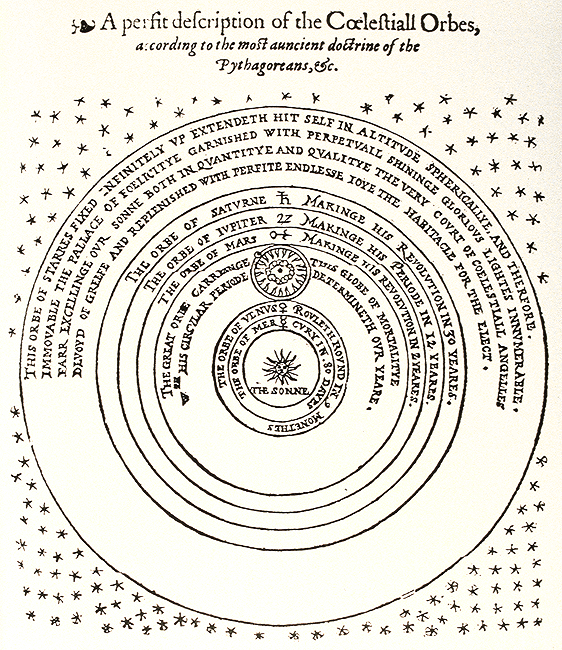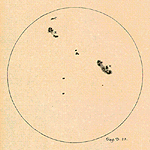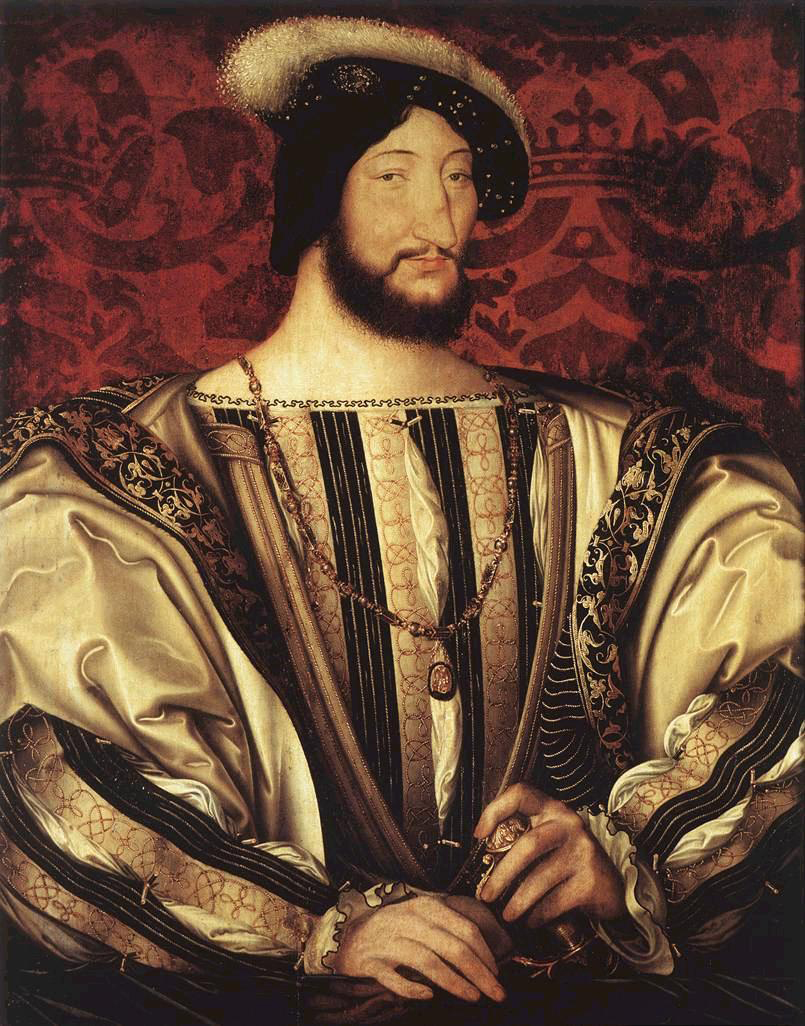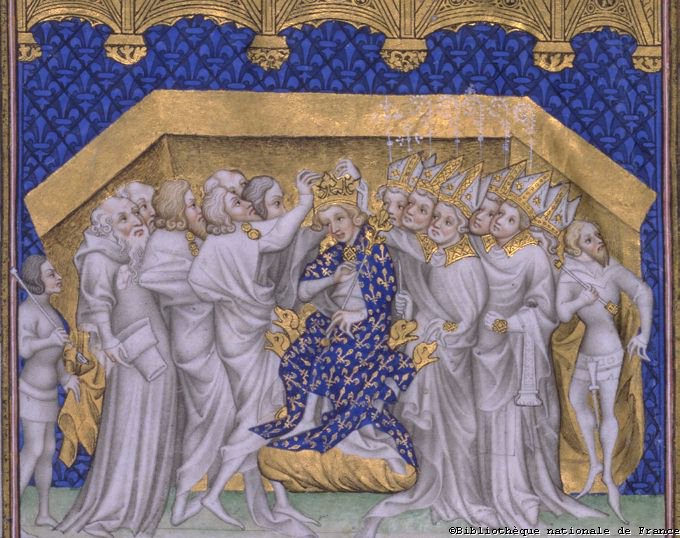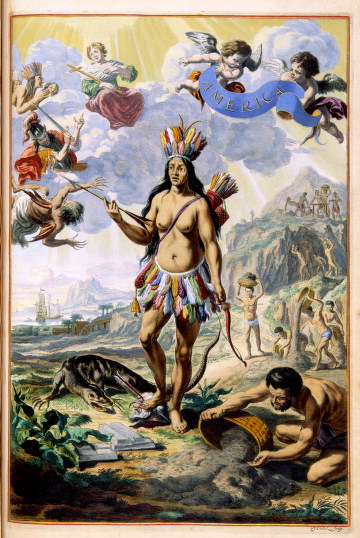 Columbian Encounters
Columbian Encounters Image: an allegorical depiction of America as innocent, noble, female, and savage. Source: J. Falck, “America,” (c. 1650-1675). Copper engraving, 45x30 cm. Source: Atlas van der Hagen, Koninklijke Bibliotheek.
I.
India: Object of Imagination and Desire
A. Fantasy World
B. Venturing Into Unknown Waters
II. Intellectual Ferment: Who (or What) are the Indios?
III. Myths of the Military and Spiritual Conquests
Identifications:
Prince Henry the Navigator (1394-1460)
Sea Route to India
Christopher Columbus (c. 1446-1506)
Amerigo Vespucci
Hernan Cortes (1485-1547)
